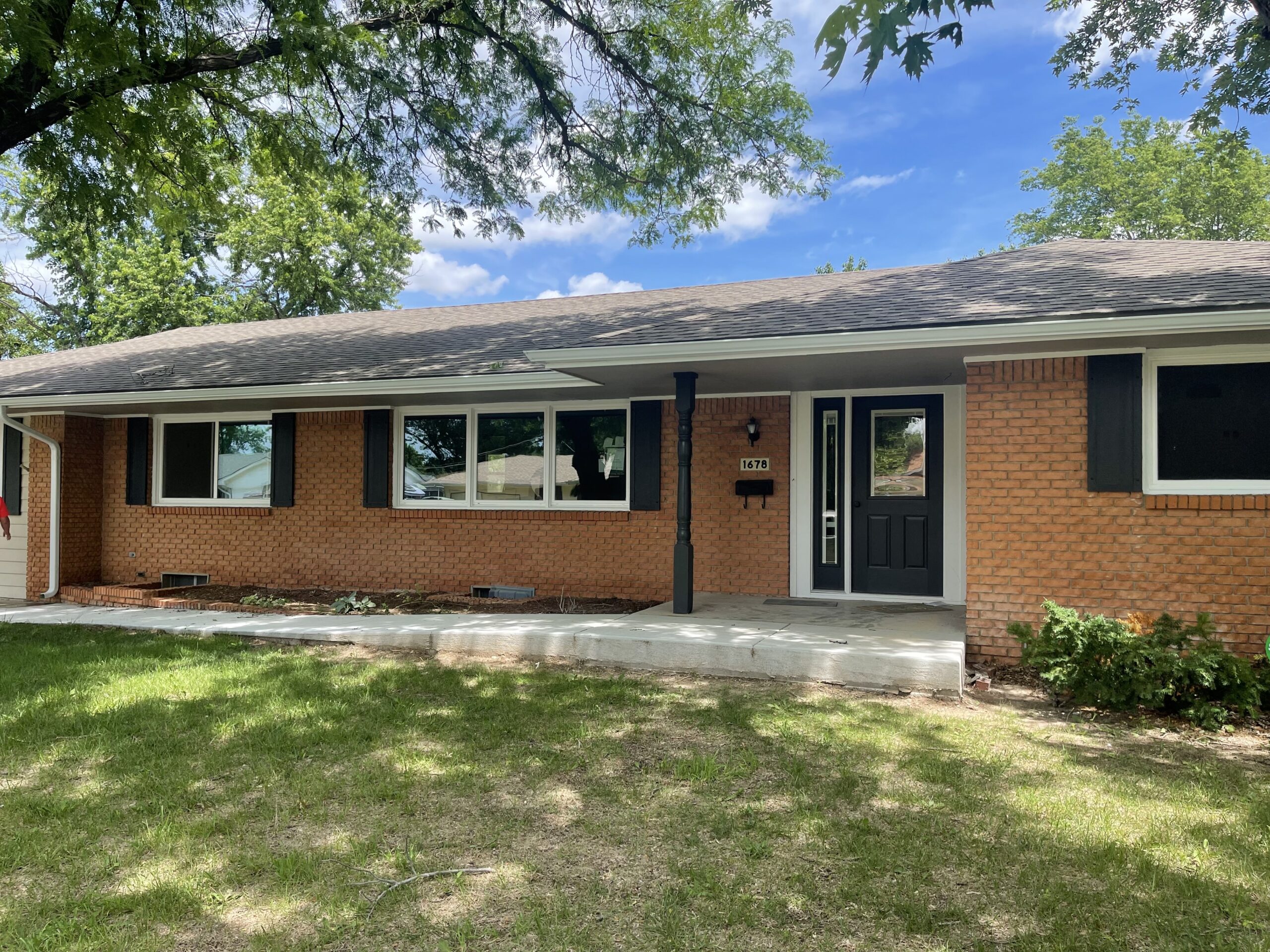How Long Do Most People Stay in Assisted Living? What Families Should Expect
There’s no single “standard” length of stay in assisted living, needs, goals, and health conditions vary widely. Some residents use assisted living for a shorter stabilization period, while others make it home for several years. Below, we explain what typically influences length of stay, how families in Wichita can plan, and when a transition to a different level of care might make sense.
Talk to a local team that can personalize the plan: Keepsake Kottage Home Plus, 8428 W 13th St N, Ste 130, Wichita, KS | (316) 650-4526
What Drives Length of Stay?
Length of stay is shaped by a handful of practical factors…
- Health profile – Chronic conditions, mobility, and cognitive changes (e.g., early memory loss vs. advanced dementia).
- Care model & setting – Smaller, home-like settings may help maintain routines and reduce stress, supporting longer stability for some residents.
- Social connection – Activity engagement, meaningful routines, and family involvement often improve quality of life and reduce decline.
- Financial plan – The ability to sustainably cover monthly costs and needed services over time.
- Care coordination – Access to home health, therapy, or hospice can help residents remain in assisted living when appropriate.
Common Patterns We See
Although experiences vary, families often notice one of these patterns….
- Short-term stabilization – A few months to a year to regain strength after a health event, then either returning home or remaining if needs persist.
- Multi-year residency – Residents make assisted living home for an extended period with consistent routines and periodic care adjustments.
- Step-up model – Residents start in assisted living, add home-health or memory-care supports if needed, and later transition to skilled nursing only if the medical profile requires it.
Bottom line -Plan for flexibility. The “right” length is the one that maintains safety, dignity, and the best daily life for your loved one.
How to Plan Ahead (Care & Cost)
- Inventory needs today, and 12–24 months ahead: ADLs (bathing, dressing, mobility), medication support, and memory changes.
- Build a sustainable budget: Consider Social Security, retirement income, long-term care insurance (if applicable), and potential veterans’ benefits.
- Clarify included vs. add-on services: Ask for itemized pricing (medication management, escorts, personal laundry, specialty diets).
- Keep care plans dynamic: Reassess quarterly or after any hospital stay to match services to current needs.
Extending Stability and Comfort
Small, consistent changes can lengthen a successful stay…
- Personalize the space: Familiar photos, favorite chair, preferred bedding, and lighting.
- Optimize routines: Consistent wake/meal times, gentle activity after breakfast, evening wind-down habits.
- Stay socially active: Low-pressure activities, shared meals, and regular family visits support mood and cognition.
- Bring in supportive services: PT/OT, home health, or hospice (when appropriate) to manage conditions without leaving the community.
When to Consider a Transition
A move to memory care or skilled nursing is considered when any of the following persist despite added supports….
- Need for 24/7 skilled nursing or complex clinical interventions beyond assisted living’s scope.
- Unsafe wandering/exit-seeking that exceeds available supervision or safety design.
- Frequent falls requiring two-person transfers or specialized equipment the community cannot safely provide.
- Rapid, sustained decline that makes the current setting stressful rather than supportive.
How Keepsake Kottage Supports Wichita Families
Keepsake Kottage Home Plus is a licensed, home-like assisted living option designed for personalized routines and continuity of caregivers, two factors that can help residents thrive. We work with families to…
- Craft individualized care plans and update them regularly
- Coordinate with home health, therapy, or hospice when appropriate
- Clarify pricing and set expectations for services over time
Next step: Schedule a conversation or tour at 8428 W 13th St N, Ste 130, Wichita, KS | (316) 650-4526
Disclaimer: This article provides general information only and isn’t medical, legal, or financial advice. Policies and availability vary by provider; always confirm details with your care team.
FAQs: Length of Stay in Assisted Living
Is there an average length of stay?
Experiences vary widely. Many families plan for a multi-year horizon but keep flexibility to adjust services or transition levels of care as needs change.
Do residents ever return home?
Yes. Some residents use assisted living for short-term stabilization after a health event and later return home with supports, while others remain long-term.
What helps residents stay longer in assisted living?
Consistent routines, social engagement, coordinated medical support, and a setting that matches personality and sensory needs.
When is skilled nursing more appropriate?
When complex clinical needs require 24/7 licensed nursing or specialized equipment that assisted living can’t safely provide.
Can home health or hospice keep someone in assisted living longer?
Often yes. With provider coordination and community policies that allow it, external services can help manage conditions without moving.




